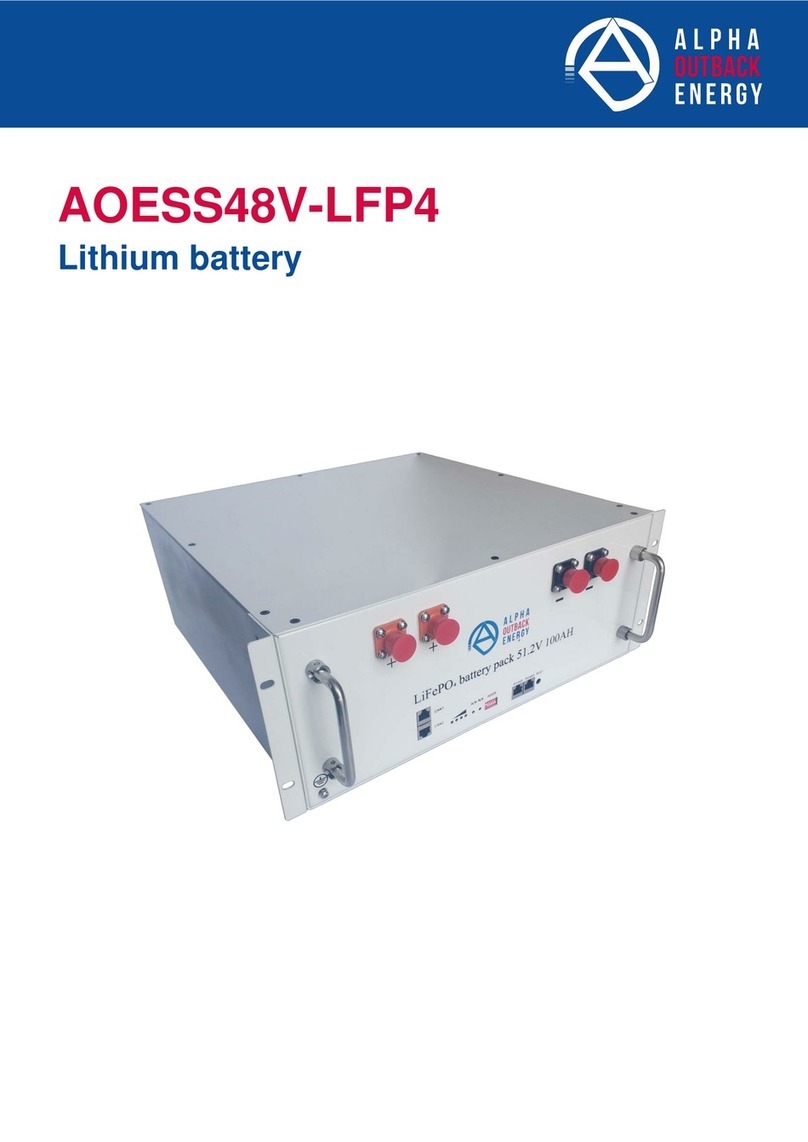Content
1.
SafetyWarning............................................................................................................................................... 3
1.1 Safety precautions ..........................................................................................................................3
1.2 Wearable device.............................................................................................................................4
1.3 Other Tips........................................................................................................................................4
1.4 Emergency safety measures...........................................................................................................5
2.
Product Overview.......................................................................................................................................... 6
2.1 Background.....................................................................................................................................7
2.2 Product features..............................................................................................................................6
2.3 Principle...........................................................................................................................................8
3.
Product description ...................................................................................................................................... 8
3.1 Basic parameters............................................................................................................................8
3.2 Interface definition...........................................................................................................................8
3.3 PerformanceSpecification............................................................................................................12
3.3 Protection......................................................................................................................................14
4.
Installation and Usage ................................................................................................................................ 14
4.1 Installationpreparation..................................................................................................................14
4.1.1 Safety regulations...........................................................................................................15
4.1.2 Environment requirement ...............................................................................................16
4.1.1 Installation Tools.............................................................................................................16
4.1.4 Safety Tips......................................................................................................................16
4.2 Unpack..........................................................................................................................................16
4.2.1 Unpack precautions........................................................................................................17
4.2.2 Packing list......................................................................................................................17
4.3 Installation.....................................................................................................................................17
4.3.1 Installation check ............................................................................................................17
4.3.2 Installation procedures....................................................................................................18
5.
Maintenance and Abnormality handling................................................................................................... 21
5.1 Activation and dormancy.............................................................................................................221
5.1.1 System activation............................................................................................................21
5.1.2 System Dormancy...........................................................................................................21
5.2 Regular maintenance....................................................................................................................22
5.3 Alarm and abnormality handling...................................................................................................22
6.
Transport,Storage....................................................................................................................................... 24




























